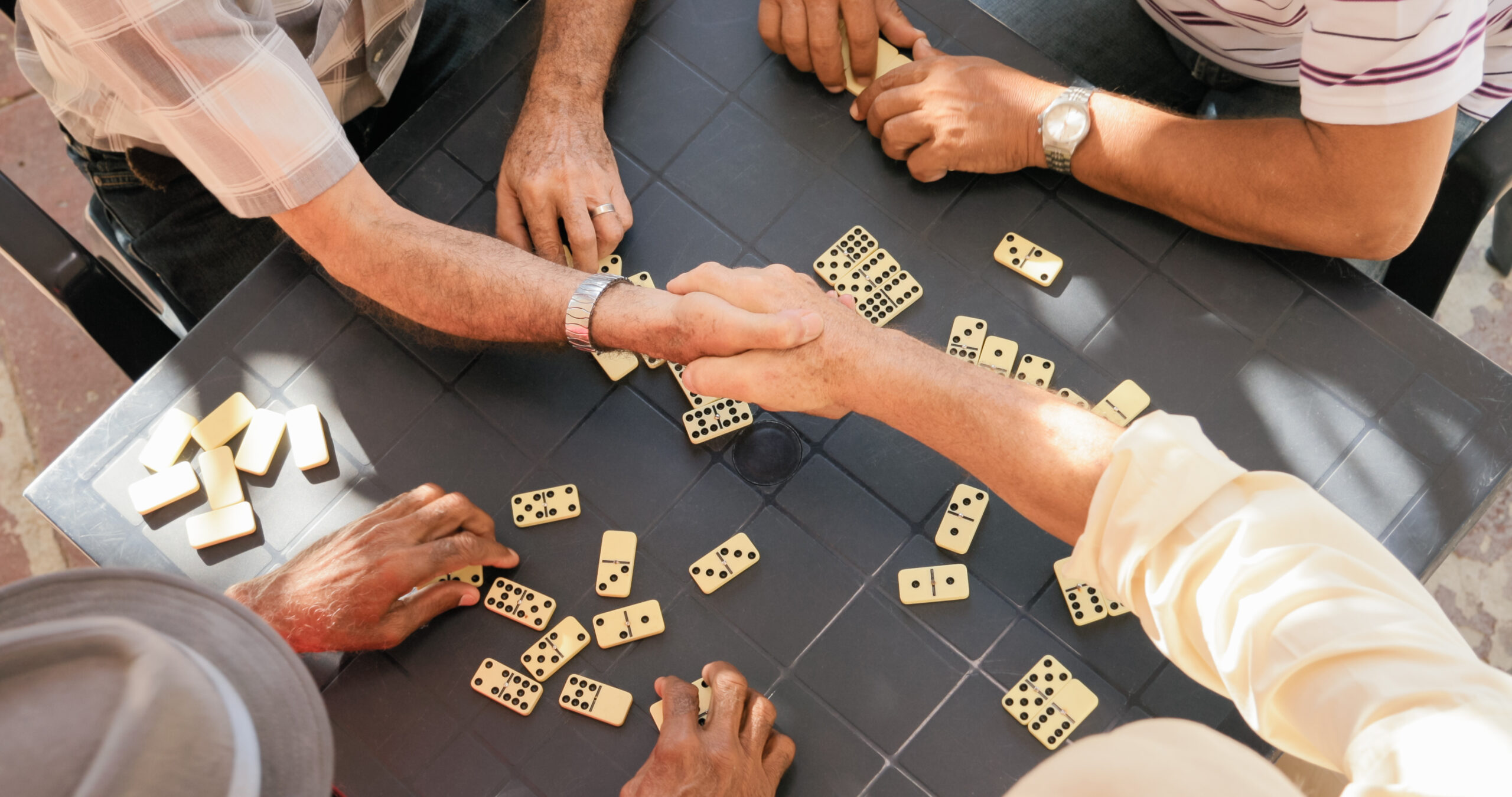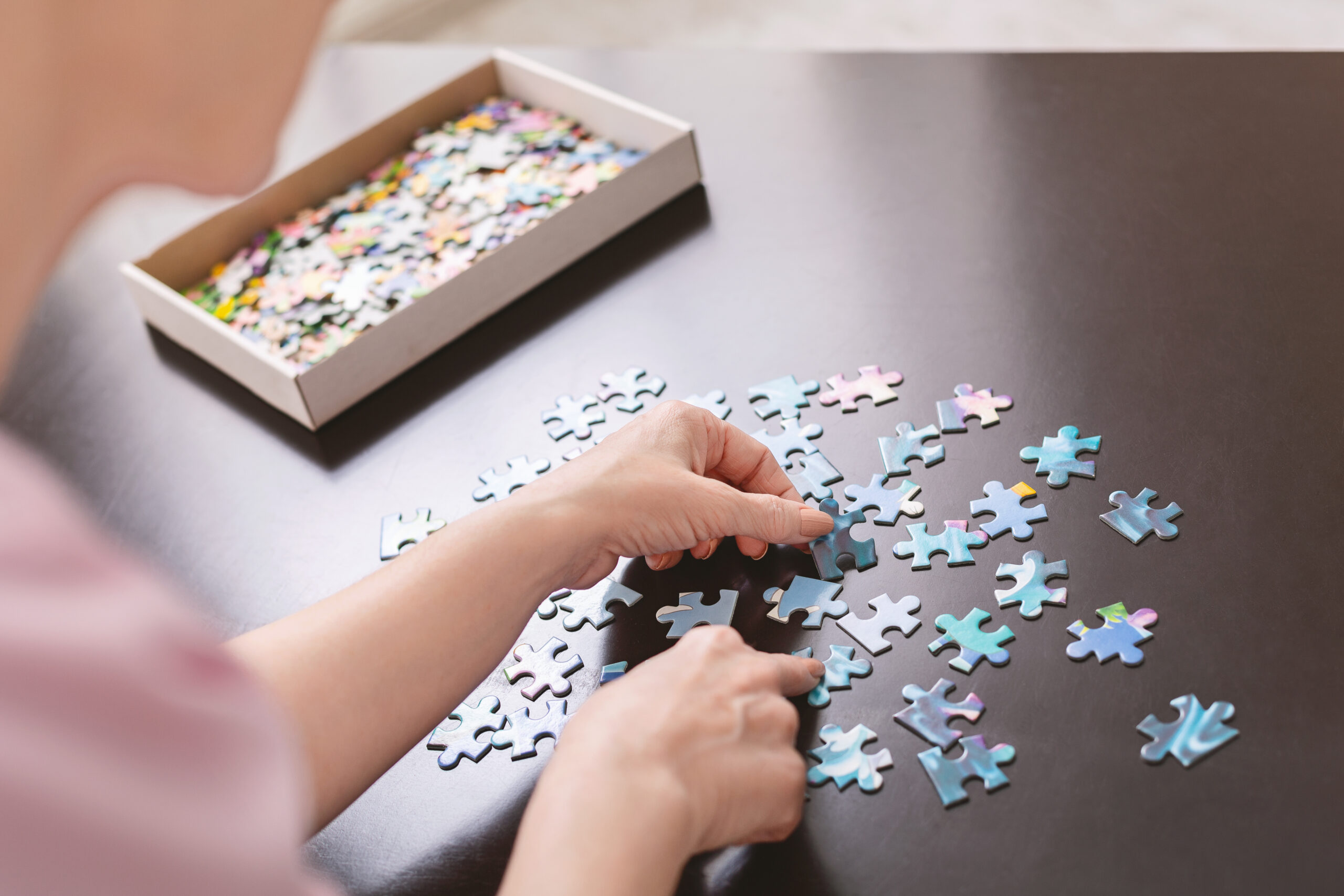Why do people with dementia engage better with multisensory stimulation therapies?
People with dementia often respond better to multisensory stimulation therapies because these approaches engage multiple senses simultaneously, helping to activate different parts of the brain and improve overall cognitive function. Dementia affects memory, attention, and communication abilities, but multisensory therapies can bypass some of these impairments by providing gentle, meaningful sensory experiences that are easier for individuals to process.
Multisensory stimulation involves using sights, sounds, touch, and sometimes smells or tastes together in a controlled way. For example, 40 Hz multisensory stimulation therapy combines visual (light), auditory (sound), and tactile (touch) stimuli at a specific frequency that has been shown to positively influence brain activity related to memory and cognition. Studies have found that this kind of therapy can slow down disease progression in Alzheimer’s patients and improve their cognitive abilities such as memory recall and executive functioning[1].
Another example is Snoezelen or controlled multisensory environments—special rooms designed with calming lights, soft music, textured objects to touch—that help reduce agitation and anxiety common in dementia patients. These environments create a safe space where people feel relaxed rather than overwhelmed. This relaxation helps reduce behavioral problems like sundowning (increased confusion or agitation later in the day) by lowering tension levels[3]. The sensory input also helps Alzheimer’s patients reconnect with memories or skills they may have lost due to the disease.
Music therapy is another form of multisensory stimulation widely used for people with dementia. Playing instruments or listening to familiar songs stimulates attention and motor coordination even if the person has no prior musical experience[2]. Music taps into emotional centers of the brain that often remain intact longer than other cognitive functions.
Virtual reality-based interventions also use immersive sensory experiences—visuals combined with sound—to enhance cognition and emotional well-being in those with mild cognitive impairment or early-stage dementia[5]. These engaging activities encourage repeated mental stimulation which supports learning new things despite memory loss[4].
In summary:
– Multisensory therapies stimulate several senses at once which activates broader areas of the brain.
– They provide gentle yet meaningful input that reduces anxiety and improves mood.
– Such therapies help maintain or even improve cognitive functions like memory by reinforcing neural connections.
– They offer enjoyable activities tailored for people who struggle with traditional learning methods due to dementia.
This combination makes multisensory stimulation an effective approach for engaging people living with dementia more successfully than single-sense treatments alone[1][3][5].





